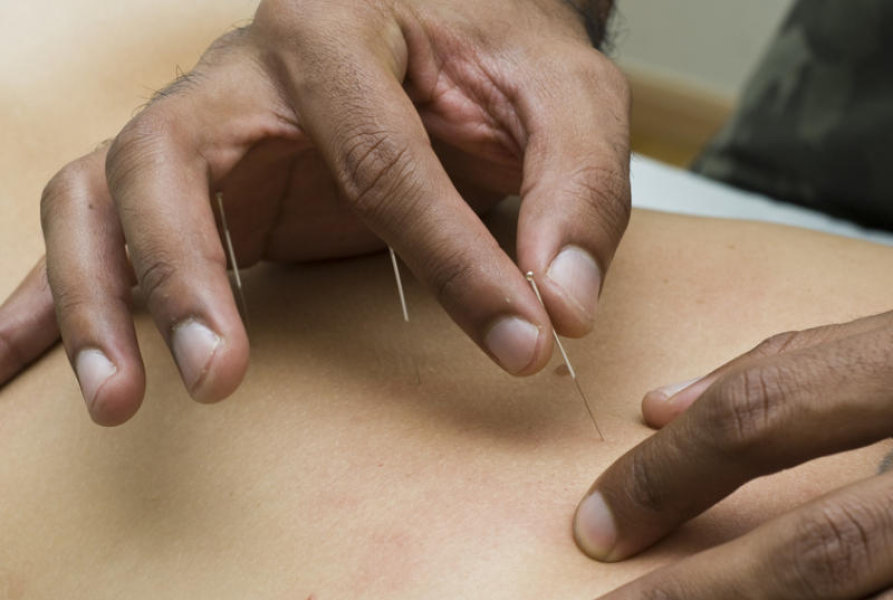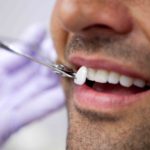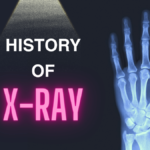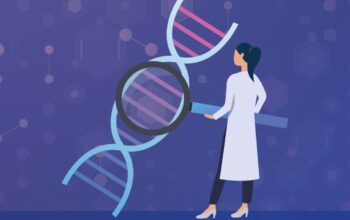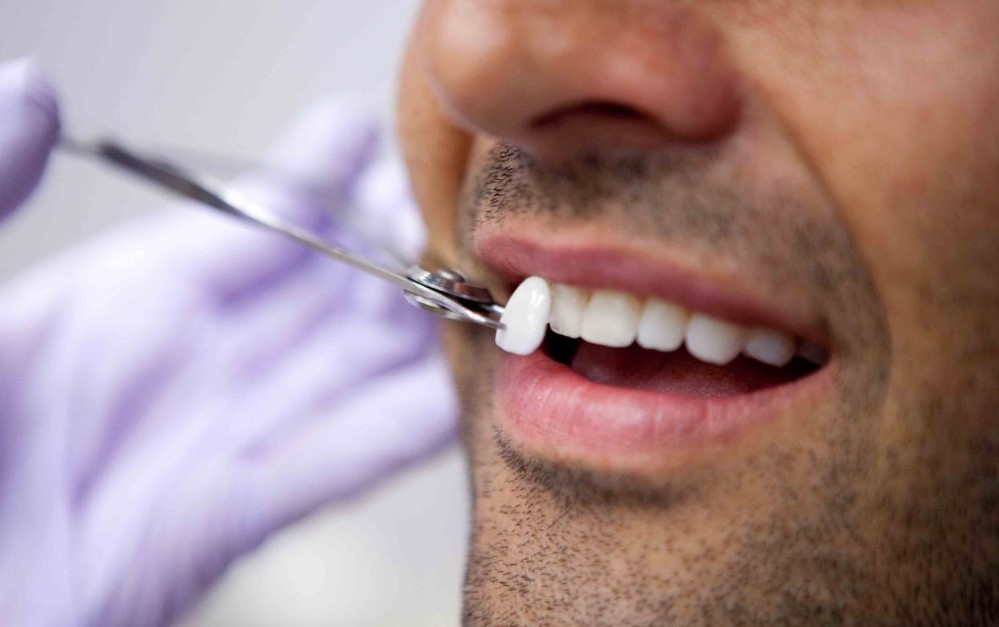Acupuncture refers to an ancient art of healing that originates from the Chinese health care system and has been practiced for thousands of years. Acupuncturists specialize in various treatments that are within the general classification of acupuncture.
Some people think that acupuncture only involves needles but the reality is that there are multiple treatment methods that are used. There are numerous styles that include Chinese, Korean and Japanese acupuncture but they all share the common goal of restoring and maintaining wellbeing and preventing illness.
Role of an Acupuncturist
Acupuncture is based on traditional medicine from the Orient and it links perfect health to the state of balance. Illnesses and disease are the result of an imbalance in the body’s vital energy. Stimulating specific parts of the body helps to correct the imbalance while shifting the body towards restoring good health and reducing pain.
Over the years acupuncture has been widely accepted around the world and by different cultures. It is often recommended by physicians as additional treatment. As focus on alternative and complementary medicine increases, acupuncture has evolved into a significant component of health care.
Examinations
Acupuncturists typically perform patient assessments that consist of four key examinations.
- Inspection involves observing the patient’s posture, body type, hair as well as the skin tone. This examination may also include a traditional technique of diagnosing the tongue.
- Listening is necessary for obtaining information from the patient’s breathing and voice. Smelling is included in this process.
- Palpation or feeling involves use meridian touch and abdominal palpation along with the traditional art of diagnosing the pulse in order for an NYC acupuncturist to feel a patient’s pulse and note the rate, quality, shape and rhythm.
- An inquiry features standard questions that are aimed at evaluating the body function, diet, digestion, sensory function, pain, sweating, elimination, menstruation, sleep and medical history.
Treatment
- The information that is gathered during an assessment enables an acupuncturist to understand the individual’s condition.
- Acupuncturists view physiology and anatomy in a different way from conventional western medicine. Their view is based on the concepts of Meridian theory, disease patterns and Yin and Yang balance.
- It is essential for an acupuncturist to take a holistic approach when considering all the aspects of the patient’s symptoms before embarking on treatment.
Acupuncture Techniques
- Acupuncture treatment can be carried out with needles but these are not the only tools or technique that is used. An acupuncturist can also use massage, polarity devices and blood movement approaches.
- Each technique consists of a range of application methods. For instance, massage can be performed in the traditional Chinese way or with the meridian-based Japanese Shiatsu.
- The technique that is best known in acupuncture is the needles. They are available in a variety of lengths and thicknesses. Needles are made of various materials such as stainless steel, silver and gold. Needle treatment is characterized by placing needles at certain points on the body.
- Acupuncturists also recommend dietary changes, herbal supplements and exercise. The profession continues to evolve with new methods being incorporated. An acupuncturist may work in private practice, offices, treatment clinics or hospitals.
Related Posts

